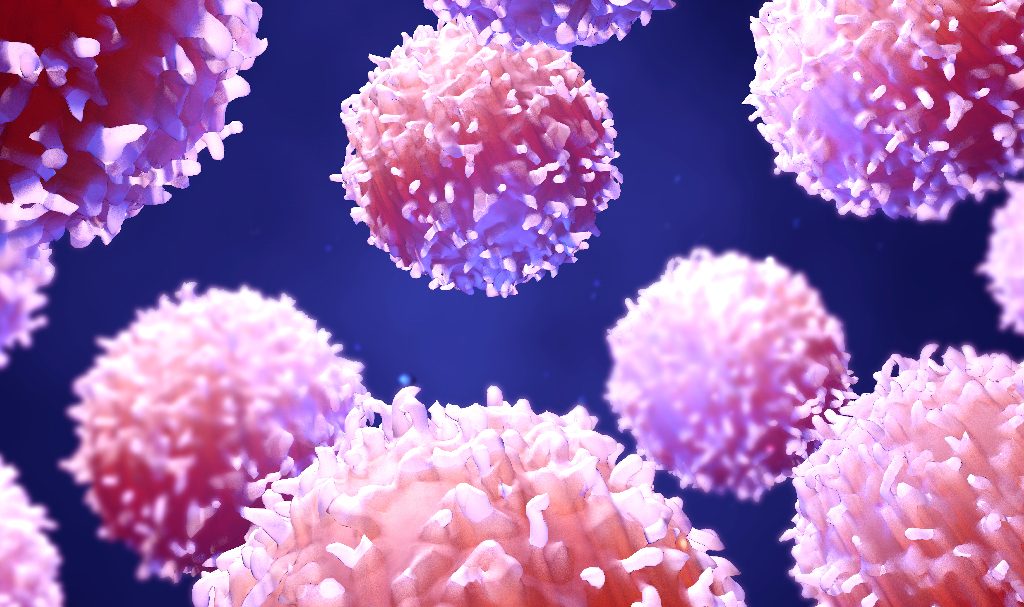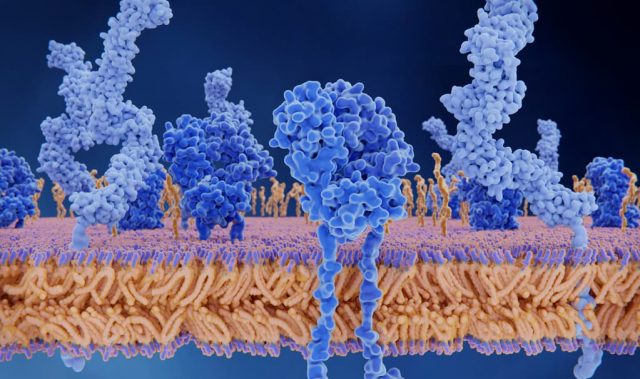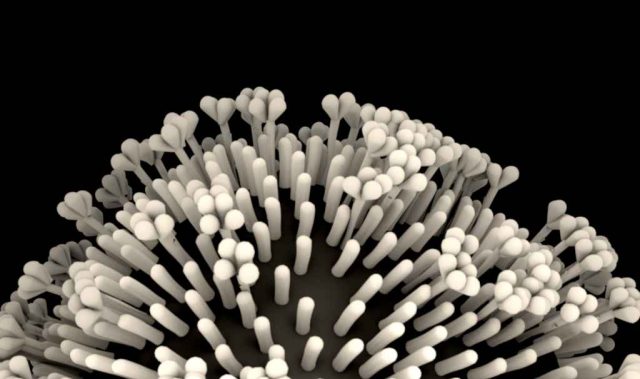
AsianScientist (Dec. 24, 2020) – Using bioinformatics, researchers from Japan have uncovered T-cell abnormalities that may influence the development of mild or severe COVID-19. Their findings were published in Frontiers in Immunology.
Why some patients remain only mildly ill—or even asymptomatic—while others quickly deteriorate is perhaps the pandemic’s most enduring mystery. While current evidence suggests that the severity of infection is associated with an overactive immune system, T-cells may also play a role. After all, the number of T-cells has been found to be significantly reduced in the blood of COVID-19 patients.
Various types of T-cells exist within our bodies. As suggested by their name, helper T-cells eliminate disease-causing microorganisms by activating cytotoxic T-cells and B-cells. In turn, cytotoxic T-cells attack infected cells, while B-cells produce antibodies. Meanwhile, regulatory T-cells act as cellular brakes that modulate the overall T-cell response.
Diving deeper into the role of T-cells in SARS-CoV-2 infection, researchers from Japan’s Kumamoto University analyzed the genetic data of T-cells derived from the lung tissue of COVID-19 patients. Using bioinformatics, the team identified a major difference between mild and severe COVID-19 cases, namely the degree of T-cell activation.
In mild cases, activated helper T-cells express transcription factors that result in their transformation into regulatory T-cells. Acting as cellular brakes, the regulatory T-cells slow down helper T-cell activation and suppress the other T-cells if needed. In contrast, the researchers found that the transcription factors were not expressed in severe COVID-19 cases. Without the regulatory T-cells, the overall T-cell response effectively went haywire—resulting in an overactive immune response.
“We expect that these findings will lead to a better understanding of the mechanisms of severe pneumonia in patients with COVID-19,” commented study leader Associate Professor Masahiro Ono. “A more detailed understanding of the pathogenesis based on this research may contribute to the development of drugs to prevent the development of severe COVID-19 and to diagnose the risk of severe disease.”
The article can be found at: Kalfaoglu et al. (2020) T-Cell Hyperactivation and Paralysis in Severe COVID-19 Infection Revealed by Single-Cell Analysis.
———
Source: Kumamoto University; Photo: Shutterstock.
Disclaimer: This article does not necessarily reflect the views of AsianScientist or its staff.












